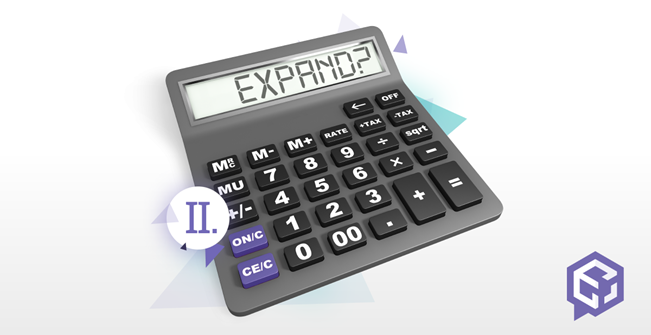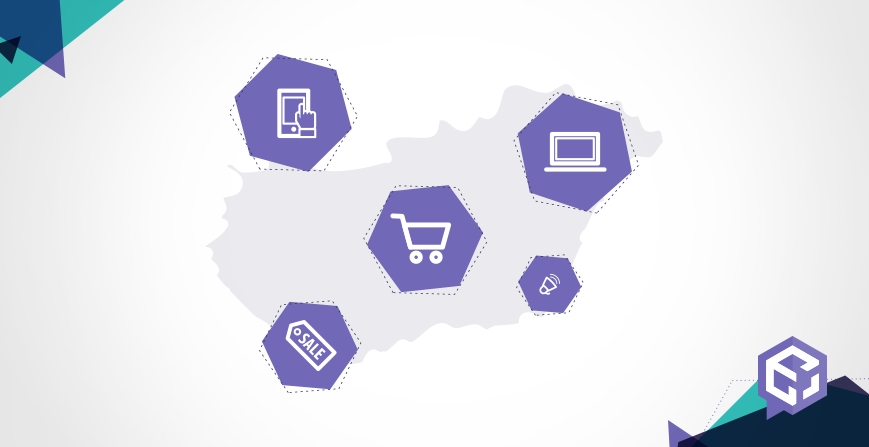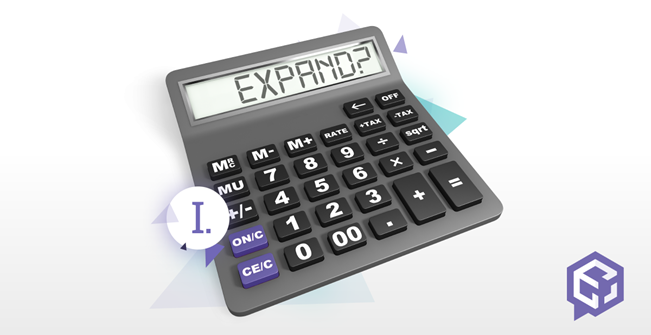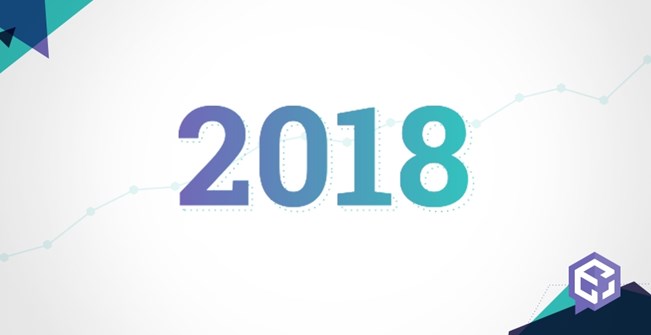Since 2014 the overall revenue has grown from 843 million EUR to 2 billion EUR. Analysts don't expect this to change, it is estimated to climb up to 2.3 billion EUR by 2021.
6.7 million Hungarians are using the Internet and 5.4 million of them are e-commerce customers. Additional million is expected to join that customer base by 2022. While planning your marketing activities, don't forget there are 5 million social media users in Hungary.
The age segmentation should not surprise us in any way. 97% of Hungarian residents aged 25-34 are using the Internet daily and the younger generation of 16-24 year olds climbed up to the number 94%. These age categories are the key segment for future years, as in they are their productive age and their interest and tendencies to shop online are growing.
The older Hungarian generations are not too far behind. There are 86% daily Internet users amongst 35-44 year olds, 82% amongst 45-54 year olds and significant 71% is Internet active in the 55+ age group.
User behavior changes
The new user rate growth is still valid, however, not as severe as in the previous years. Therefore there's another force behind the e-commerce market development in Hungary - intensity.
The average value of an online purchase has grown from 41 EUR (2017) to 48 EUR (2018). The annual online spending per customer shifted from 343 EUR to 411 EUR as well.
The best selling segment at the moment are Toys, Hobby and DIY with 478 million EUR of yearly revenue. Fashion, Electronics and Furniture/Home Decor should definitely be mentioned as other promising segments. Accommodation reservation is by far the most used online service. One sixth of all domestic online purchases is made of the FMCG (Fast Moving Consuming Goods) sector.
Nevertheless, 60% of e-commerce users have chosen from more than 6 segments before and Hungarian e-commerce market is not to be taken as vague. Besides creating bigger shopping baskets, users also tend to shop more frequently in the recent period. 78% of them buy something at least quarterly. Based on the 2018 Eurostat Data, 29% of Hungarians aged 16-74 have purchased something in the last 3 months. Therefore, the Hugarian online store is turning into not only a more popular choice, but also into a more diverse and complex solution.
The competition
Certain technological progress, broader range of goods and better quality of services contributed to the Hungarian e-commerce boom. That meant positive changes as well as negative ones. Tough competition caused online stores not only to improve, but also to set impossible price standards and to force free shipping regardless the circumstances. This pace was complicating logistics especially toward the end of the year. This intensity caused the inevitable consolidation of the market, an example of which is the merger of eMag and Extreme Digital.
The power dynamics in the Hungarian market is about to shift and shape even more, with different mergers to come. The domestic online store owners can use this as an advantage towards foreign names, who see the Hungarian market as a great opportunity and are interested in expanding there. It shouldn't come as a surprise, since 3.1 million Hungarians have previously purchased from a foreign site before. And similarly to the Hungarian e-commerce as a whole, the international online shopping and its proportions are constantly growing.
Customer behavior tendencies
The locally preferred payment method based on the eNet study is cashless (51% of respondents prefer it), while cash payments are preferred by only 19%. Both types of payment are used by 30%. 72% of customers are likely to get their purchase delivered directly to their house, even though there are multiple delivery choices available in Hungary. While choosing the method, most customers consider the shipping cost the most important, half of them care about the delivery times and the least valid variable is how simple and accessible the process is to them.
Google Shopping launches in Hungary
Hungary is joining many other world countries by implementing Google Shopping. The product based solution by Google is going to stir up the local scene and challenge the competitors once again. Its main purpose, however, consists of simplifying the customers' journey. Shopping Ads has proven a valuable asset to strong, strategy-oriented brands with friendly prices, who dominate the market. It also provides an opportunity to specialized companies who operate with a much smaller audience. It gives them a brand new chance to become the leader of their segment.
The arrival of Google Shopping can become an advantage for those who have previously been working with it in foreign countries. Experience is going to be extremely beneficial and those who have mastered this format in the past have found themselves in a unique position. Data and analytics is the key here, as well as the focus on price control, product catalog and campaign creating.
Who's able to lead the market?
The TOP 10 Hungarian e-commerce list, put together annually by GKI Digital is a tough one to make for new players. Even though the usual names tend to go through their ups and downs, only one newcomer was able to push through in 2018 - the Hungarian Telekom. The marked is led mostly by multi-channel stores who have some brick-and-mortar basis behind them. Even though there's not a significant retail growth in Hungary, it's essential for the locals to be able to view the product in real life, to be able to touch it and see it for their own eyes. The TOP 10 list covers only about 5% of total online sales and the competition underneath is no less meaningful.
- The first place belongs to eMAG, the largest Hungarian e-shop. Even though it defeated Extreme Digital last year, they do share a future now.
- Extreme Digital (electronics)
- Media Markt (electronics)
- Alza.hu (electronics, sports equipment, DIY)
- 220 Volt (photography)
- iPon (IT)
- Telekom
- TESCO
- Aqua (electronics)
- Libri-Bookline (books)
The Expandeco Perspective
The Hungarian e-commerce, its current flow and the amount of competition are making it the ideal expansion destination for online stores. Even considering the recent hype, it's still behind the international scene in many fields. E-commerce businesses based in much more developed environments of Western or other Central European countries are still benefiting from their know-how here.
The best way to get the Hungarian customers to your website is through the locally modified SEO and marketing channels. The localization of your store is the next step to convert the purchase to a successful ending. Often, the unconvincing Hungarian translation and other key localization components (e.g. familiar sizes, correct form of currency) are what slows the breakthrough in the domestic environment down. On the other hand, thorough understanding of the mentality and the market offers you countless openings in a fast spreading and moving market that is to explode even more.






